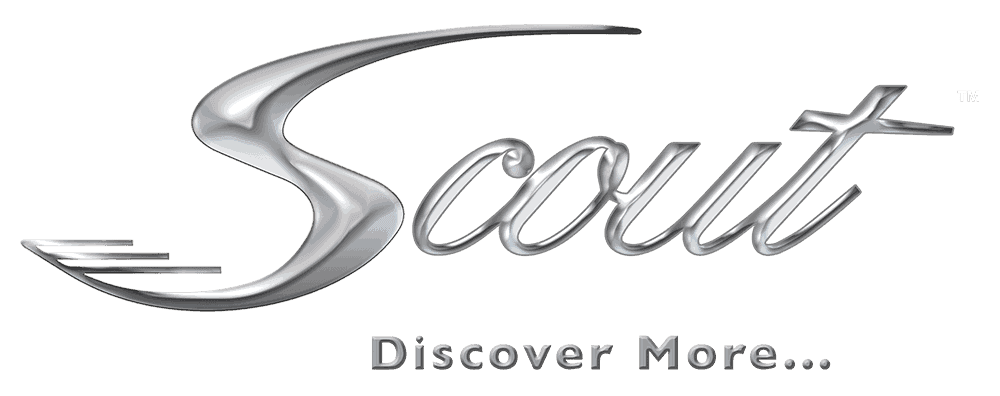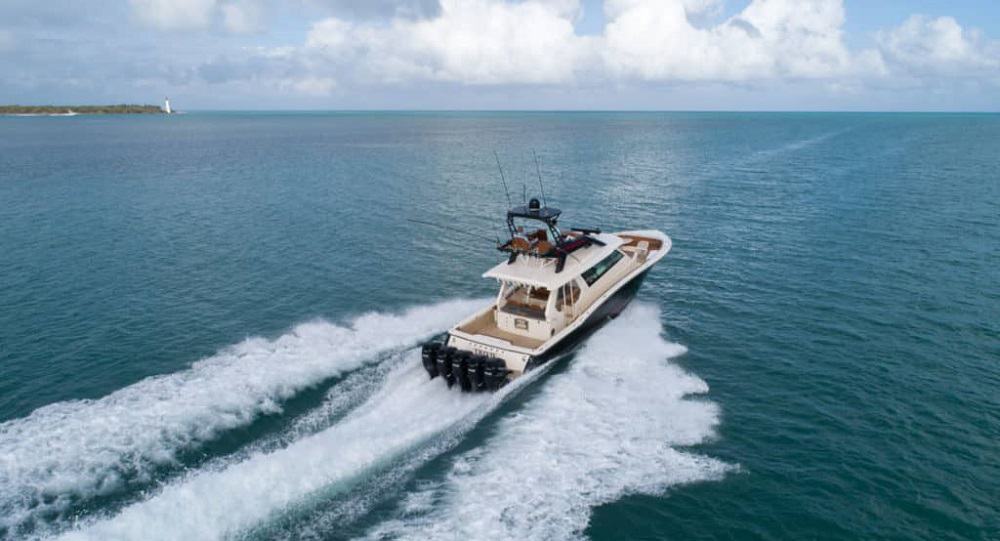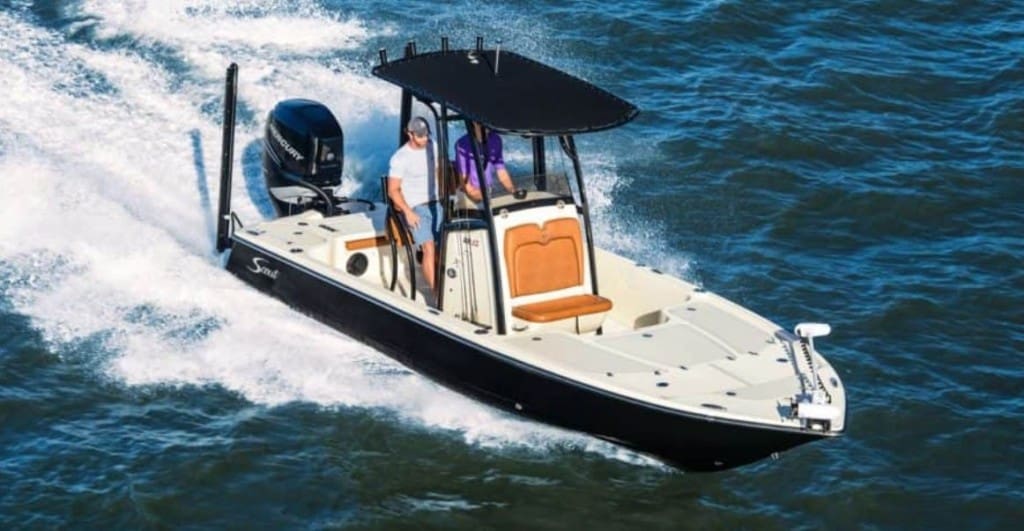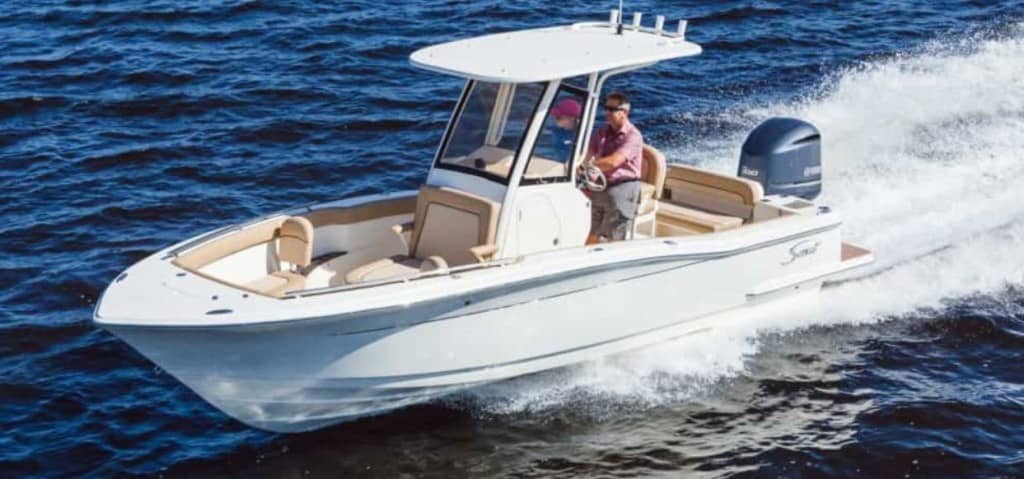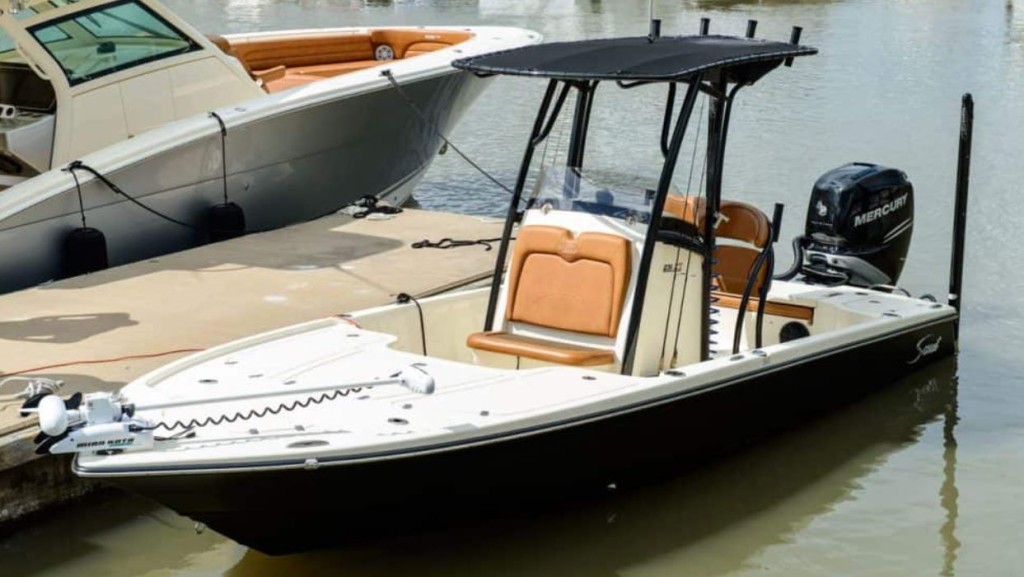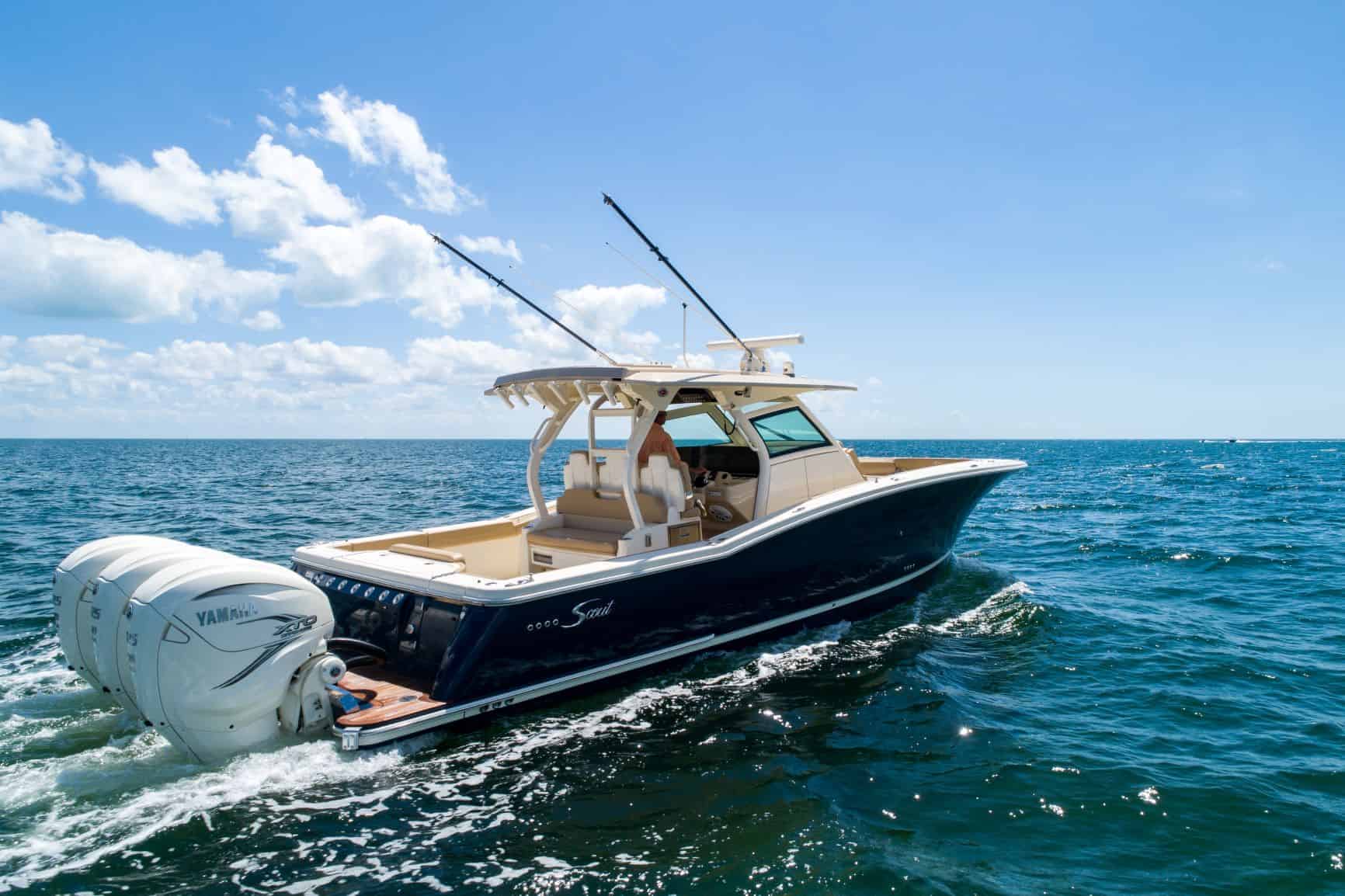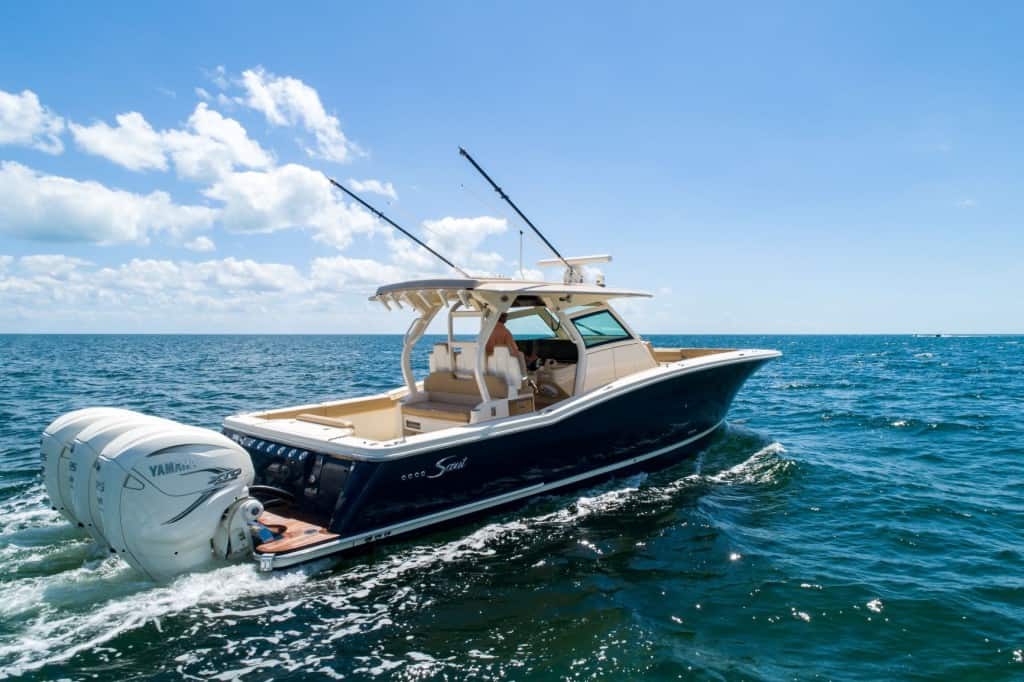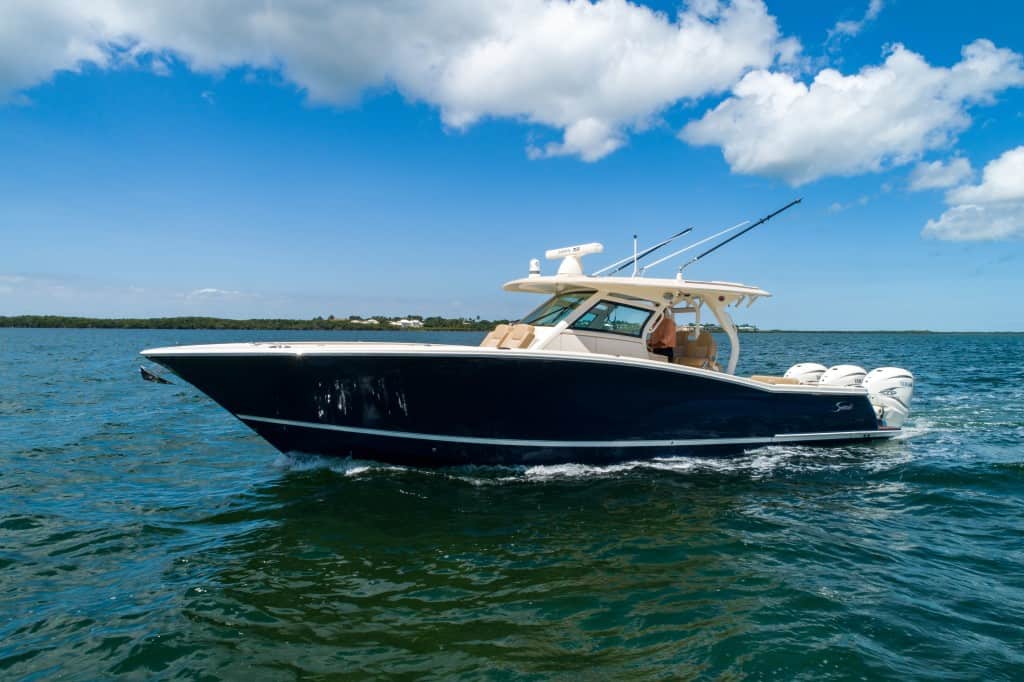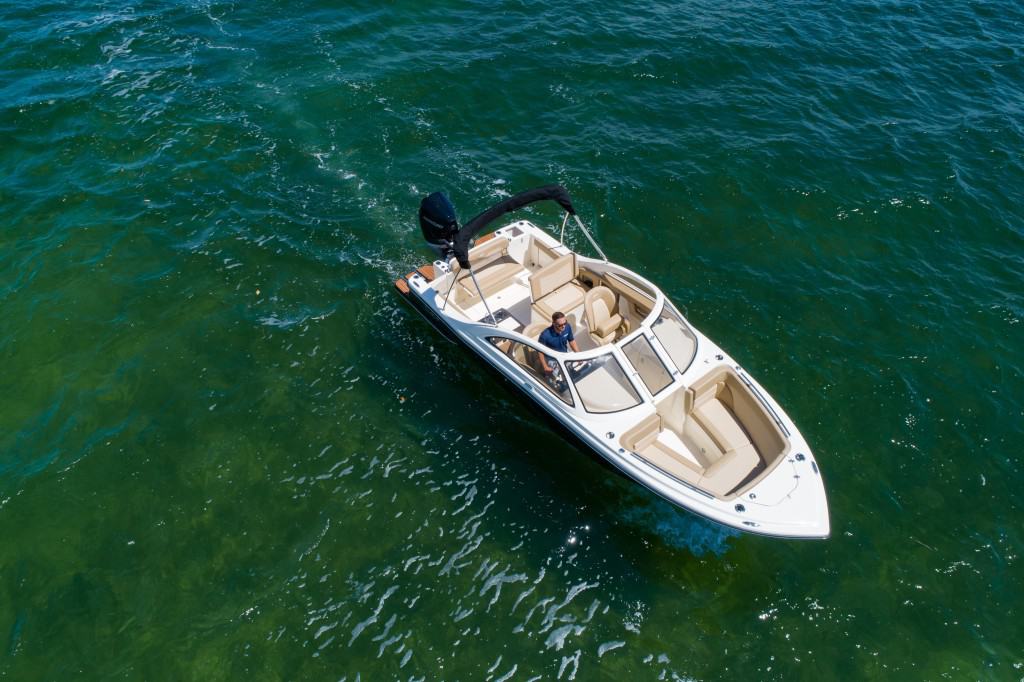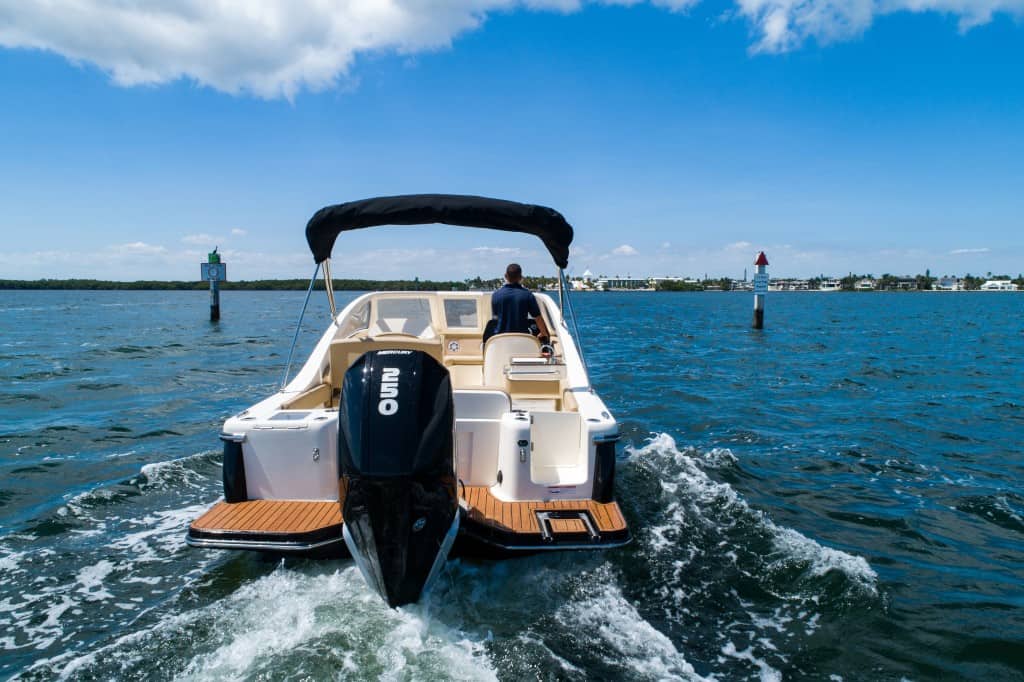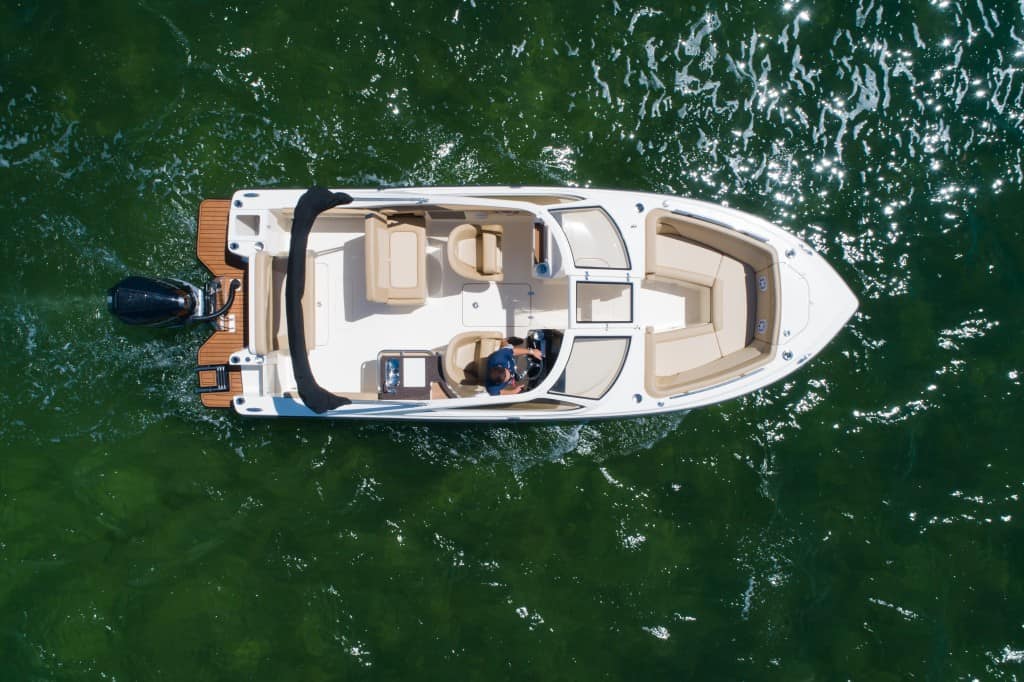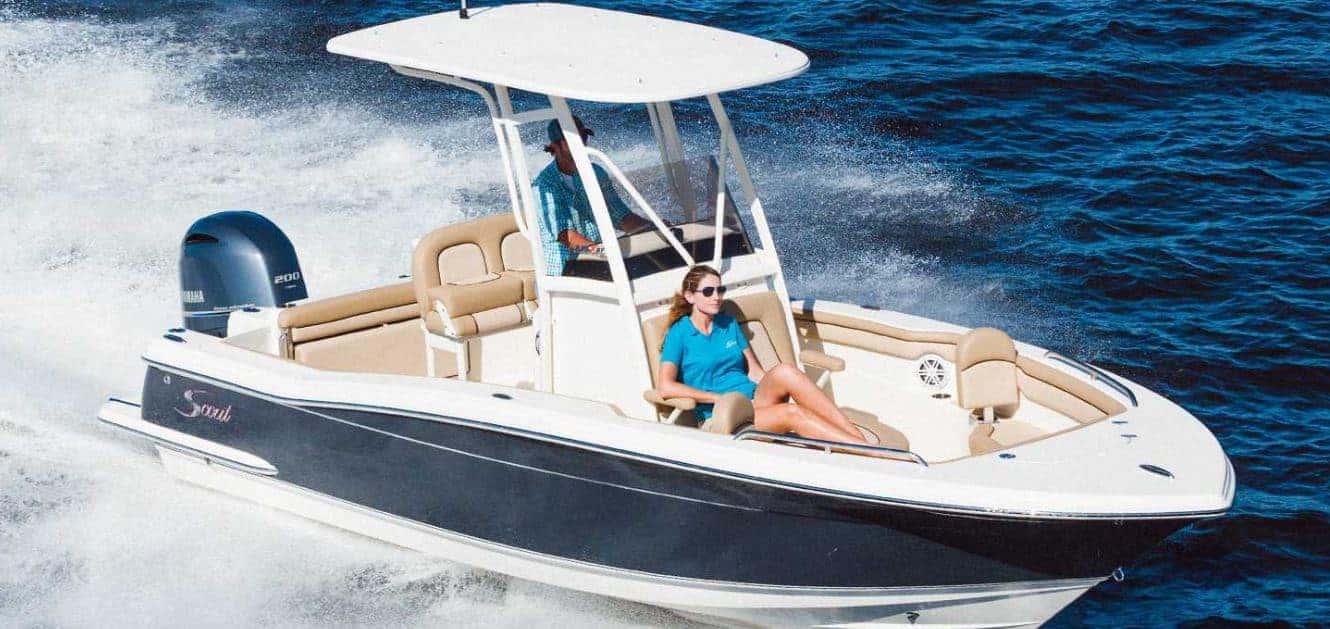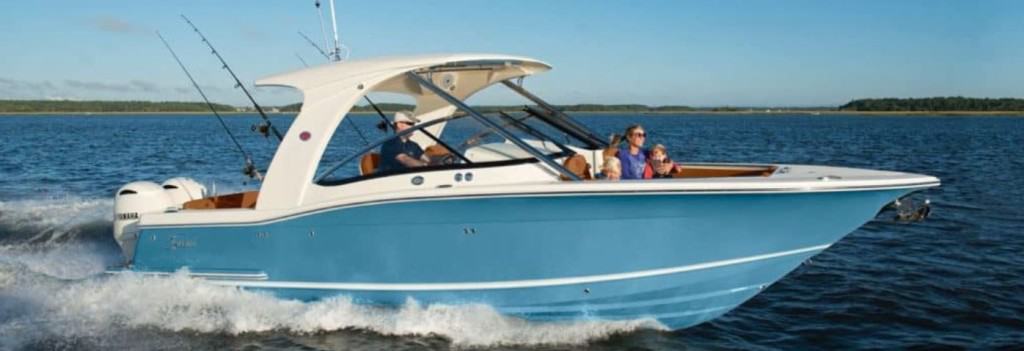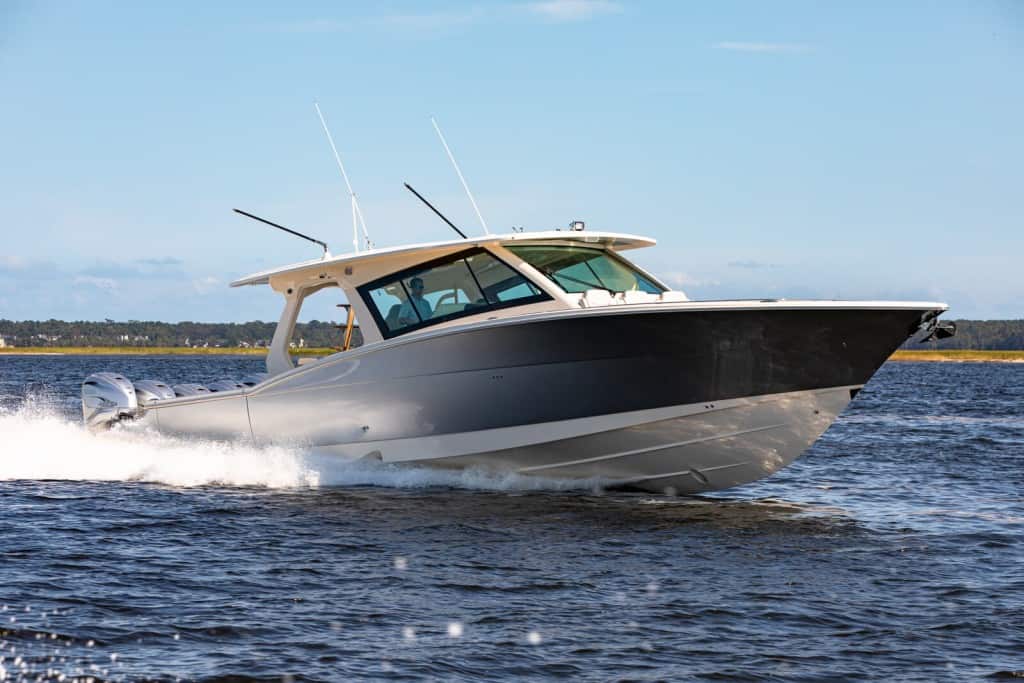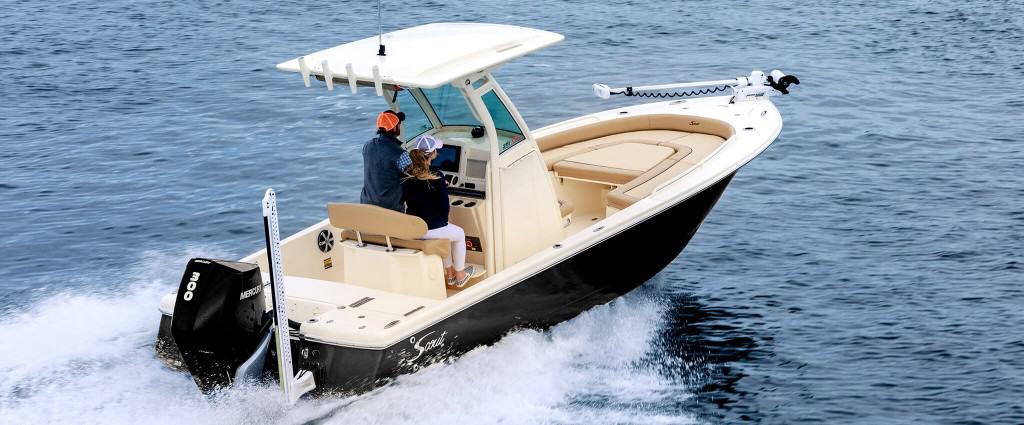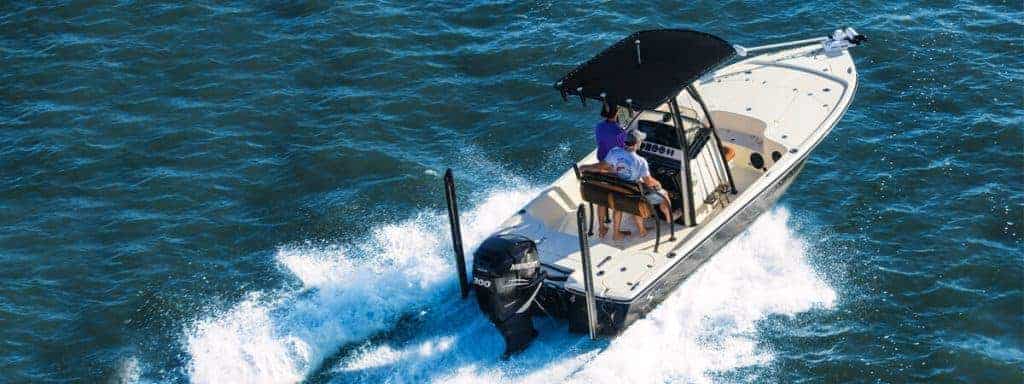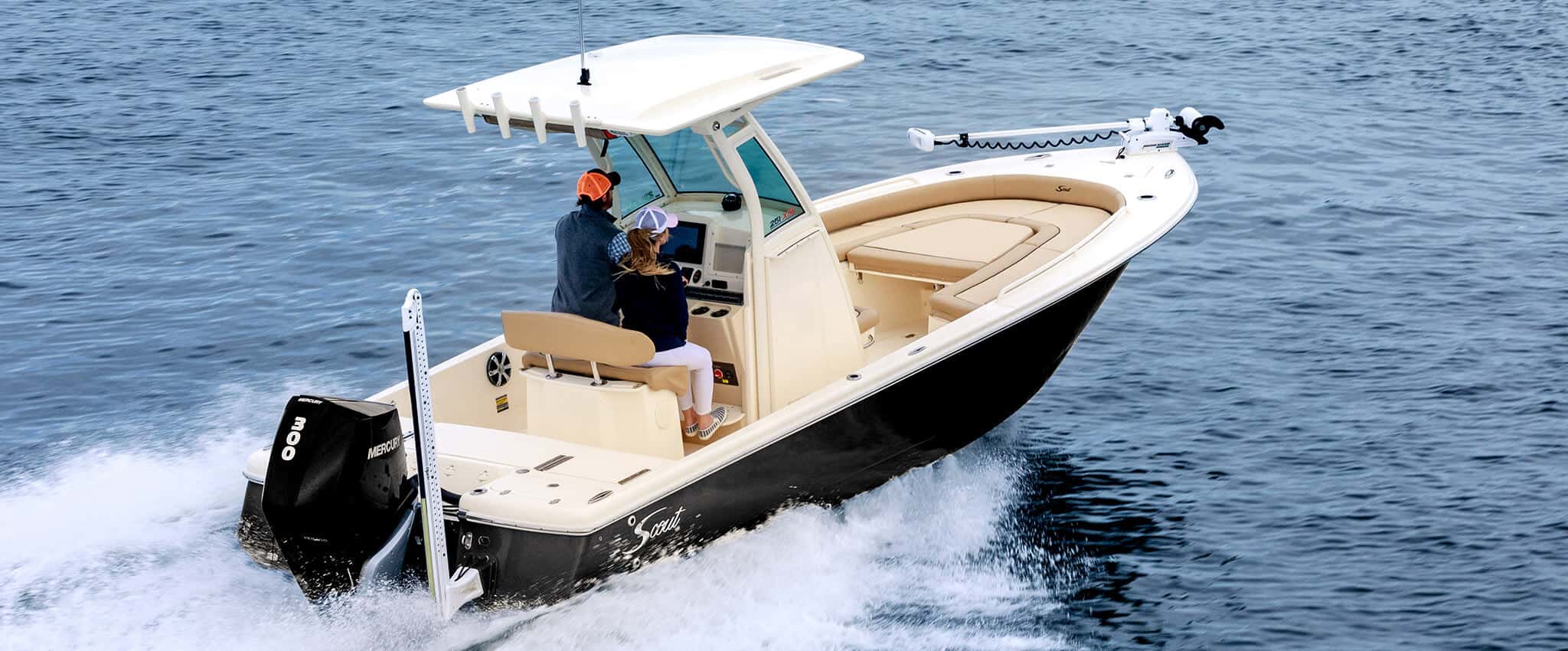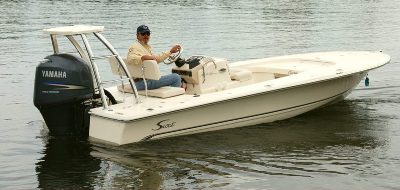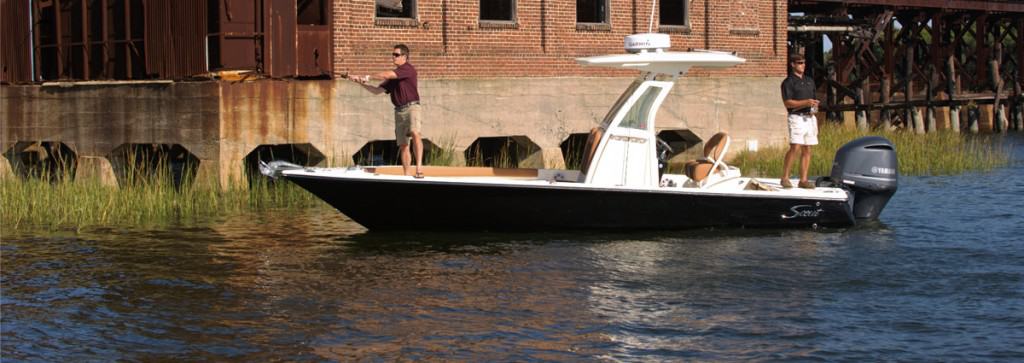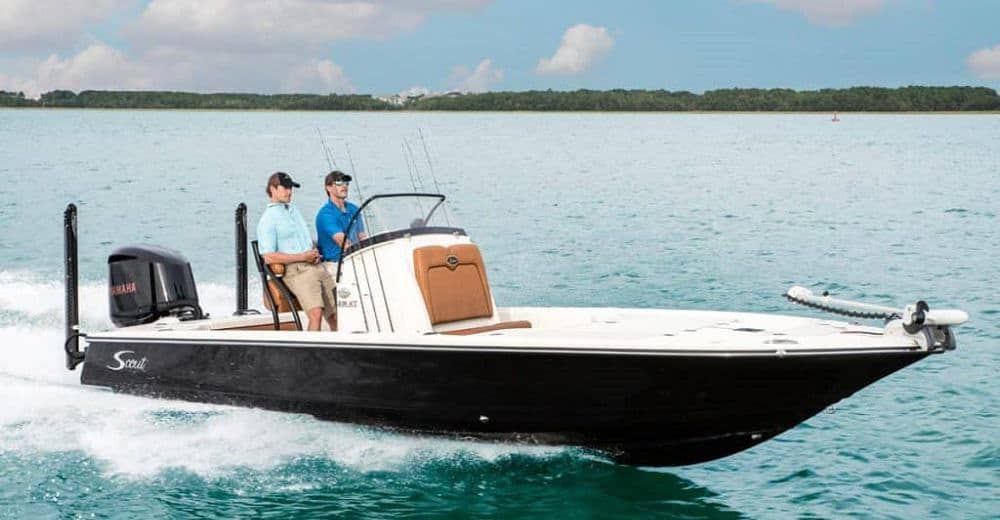With the boating season already upon us, it’s important to know how to get your boat ready for summer. Whether your boat is still waiting in winter storage or you’ve been out a dozen times already, use these simple tips to keep your boat in top condition during this warm and exciting season.
Clean the Hull
This is something you should do before your first summer boating adventure, but it’s also a task that should be done throughout the season. Thoroughly clean and wipe the hull using a mild detergent solution or a marine-specific cleaner. Once complete, use a quality paste wax and a buffer to remove swirl marks. Waxing probably only needs to be done about once a season, but routinely pulling the boat from the water to wash and rinse is always wise.
Wipe Down the Interior
Even if the boat was covered, you should wipe it down to remove any dust or debris that may have accumulated over the winter and spring. Vacuum the interior to give the boat a clean, tidy deck.
Rinse the Wells
Even if you cleaned the wells before winter storage, it never hurts to give them a thorough rinsing before you go fishing. Rinsing the live wells will help protect pumps, plugs, and other features from damage, and will keep the wells from getting a “fishy” smell.
Inspect and Service the Mechanics
The main parts of your boat that you should inspect are the battery, fuel lines, drive belts, spark plugs, and pumps. These are the primary features that are essential to the overall performance of your boat. In addition, check all fluid levels, such as coolant, lower unit, transmission, and oil. Replace any fluids if necessary.
Check and Restock Your Safety Equipment
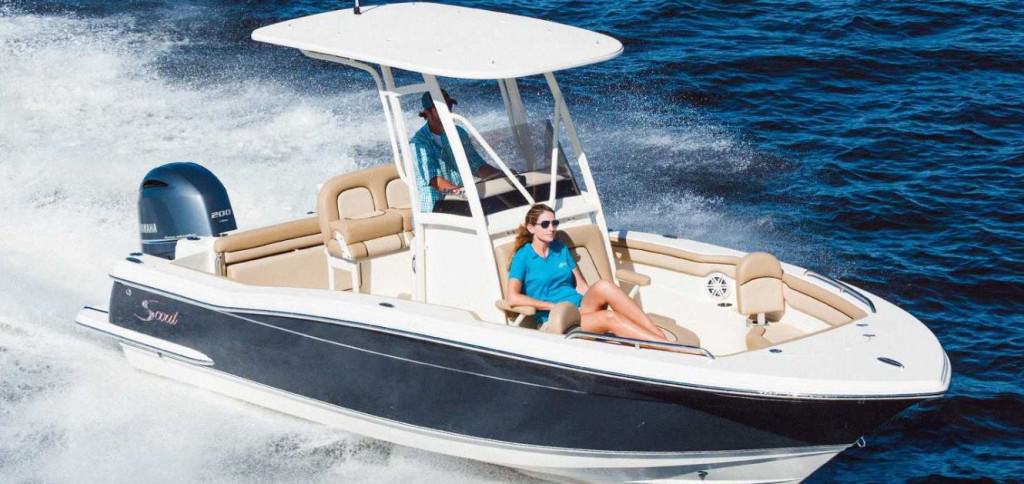
Safety is the most important part of boating, and there is specific boating safety equipment that is required by law to be on board every boat. Some required items include life jackets, a first-aid kit, throwable flotation devices, a fire extinguisher, flares, and signaling devices.
Stock Up on Summer-Boating Essentials
Take the time to stock up on summer-specific materials that will provide the comfort your group deserves. This should include, but is certainly not limited to, sunblock, bug repellant, and towels. You may want to store extra hats for sun protection, and stashing a few water bottles in one of the storage areas is always wise.
Purchase a Luxury Boat from Scout
We hope you better know how to get your boat ready for summer! If you want a new boat for the season, Scout Boats has a fine selection of luxury crafts. From large off-shore vessels to small boats for fishing the shallows, you’re sure to find the craft that fits your needs. Plus, you can customize the boat of your choice exactly to your liking with our Build Your Scout tool. Try it today to create a craft with amazing luxury features.
